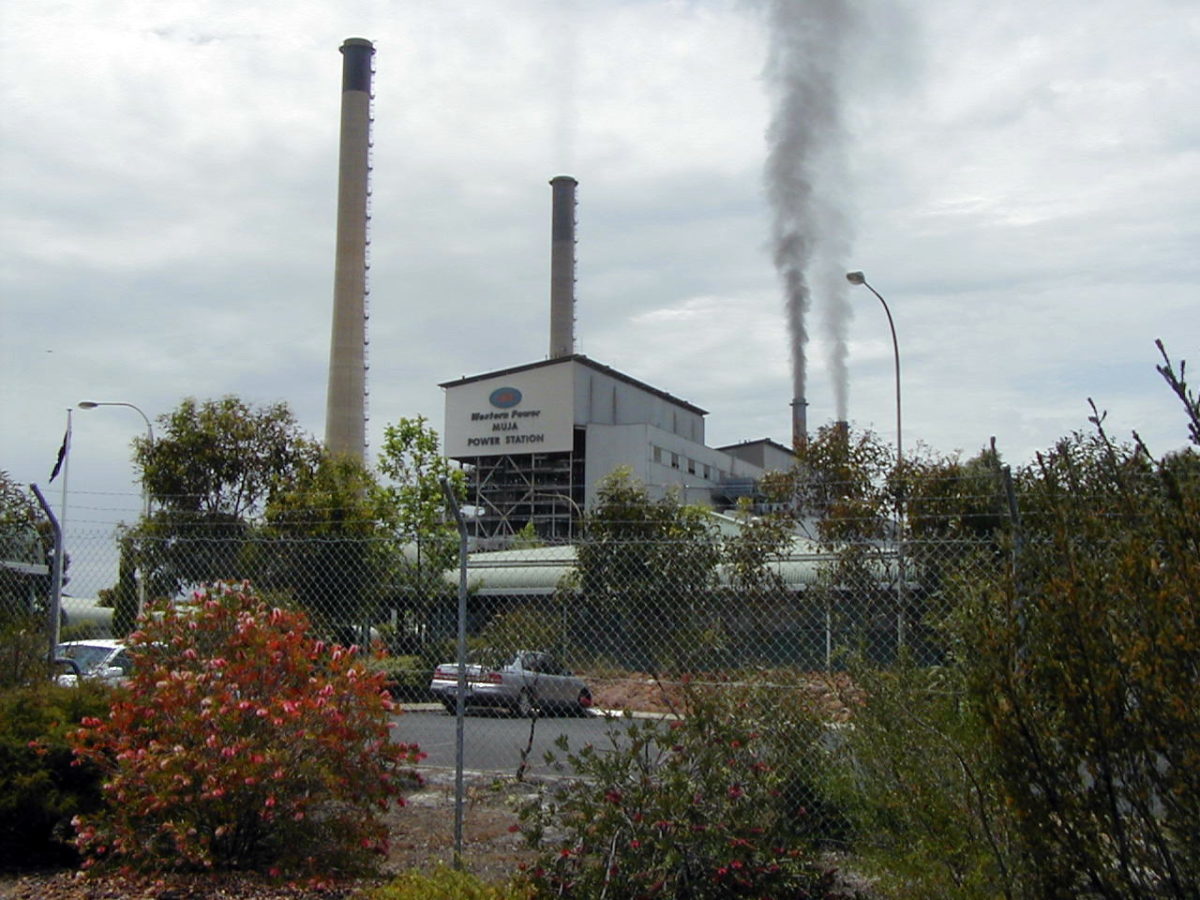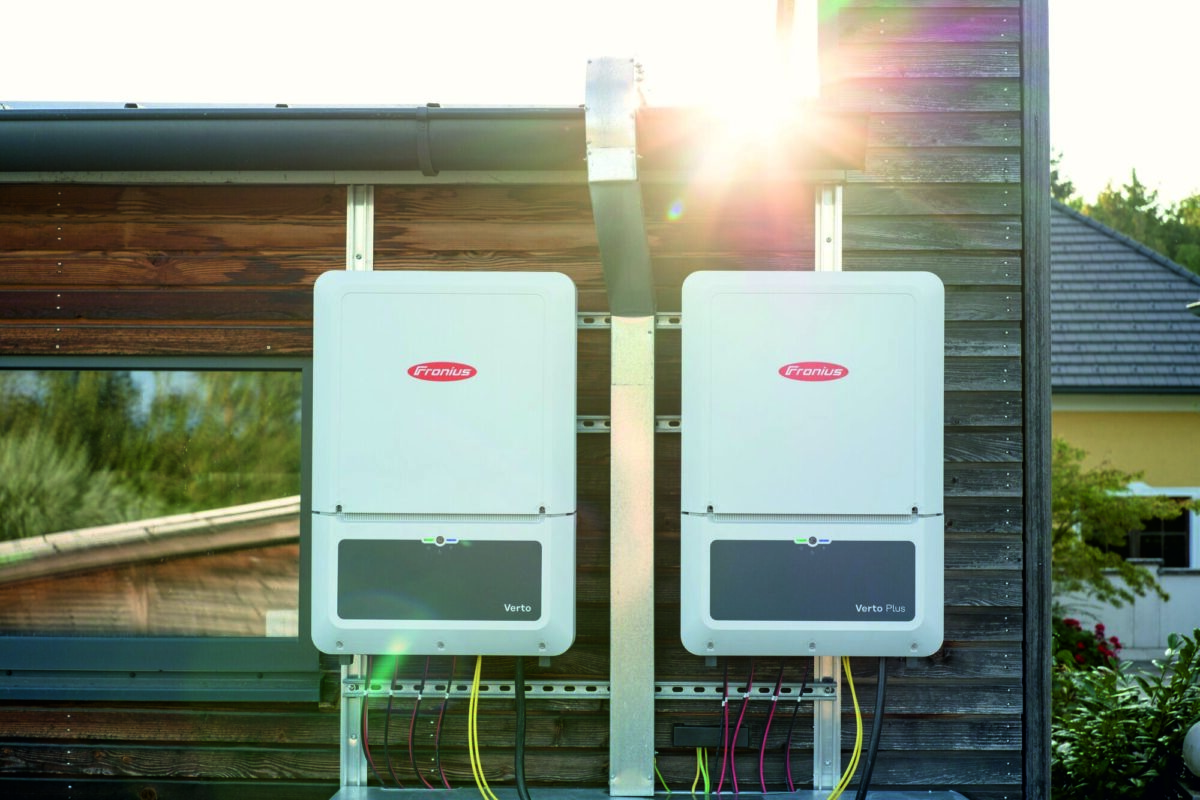As rooftop solar installations soar, the changing generation profile in the state of Western Australia is undermining state-owned retailer Synergy’s market dominance. In order to protect against higher power bills for households and ensure stable electricity supply, the state government has announced that it will retire two operating units at Synergy’s Muja Power Station from October 2022.
The Muja Power Station was commissioned in 1966 and is the oldest power station in the state of Western Australia. It includes four 60 MW units (Stages A-B), which were mothballed in 2017 and 2018, as well as two 200 MW generating units (Stage C) and two 227 MW units (Stage D). Since demand for the the two C units has declined dramatically, keeping them open is estimated to have cost state taxpayers at least an additional A$350 million ($235.27 million). With 400 MW of power removed, it is expected that Muja D will operate more cost-effectively.
“It no longer makes sense to keep the Muja C units operational,” said Marc McGowan, premier of Western Australia. “They are expensive to run, and demand for electricity from the units is declining dramatically.”
The 40 year-old Muja C units are only being used around 35% of the time. If they remain open, their high operating costs, combined with increased maintenance requirements due to the additional cycling of the plant, is set to push power prices up.
Rising installations of residential rooftop solar are the reason behind reduced demand for traditional coal-fired baseload power generation, the state government said. With more than one in four homes in the state's southwestern grid now owning PV systems, the Australian Energy Market Operator (AEMO) said in a recent report that the proportion of households expected to have PV could exceed 50% within a decade. According to that estimate, the amount of rooftop solar capacity would rocket from about 1.1 GW to 2.5 GW.
“It is well-recognized that a major transformation is underway in the Western Australian energy sector, as the take-up of renewable energy and storage technologies increases,” said Western Australian Energy Minister Bill Johnston. “As a government, we need to carefully manage this change to keep energy prices down and deliver reliable electricity to Western Australians.”
Around 70 to 80 workers will be affected by the closures. The state government has committed to providing support, including options for redeployment and retraining.
This content is protected by copyright and may not be reused. If you want to cooperate with us and would like to reuse some of our content, please contact: editors@pv-magazine.com.




By submitting this form you agree to pv magazine using your data for the purposes of publishing your comment.
Your personal data will only be disclosed or otherwise transmitted to third parties for the purposes of spam filtering or if this is necessary for technical maintenance of the website. Any other transfer to third parties will not take place unless this is justified on the basis of applicable data protection regulations or if pv magazine is legally obliged to do so.
You may revoke this consent at any time with effect for the future, in which case your personal data will be deleted immediately. Otherwise, your data will be deleted if pv magazine has processed your request or the purpose of data storage is fulfilled.
Further information on data privacy can be found in our Data Protection Policy.